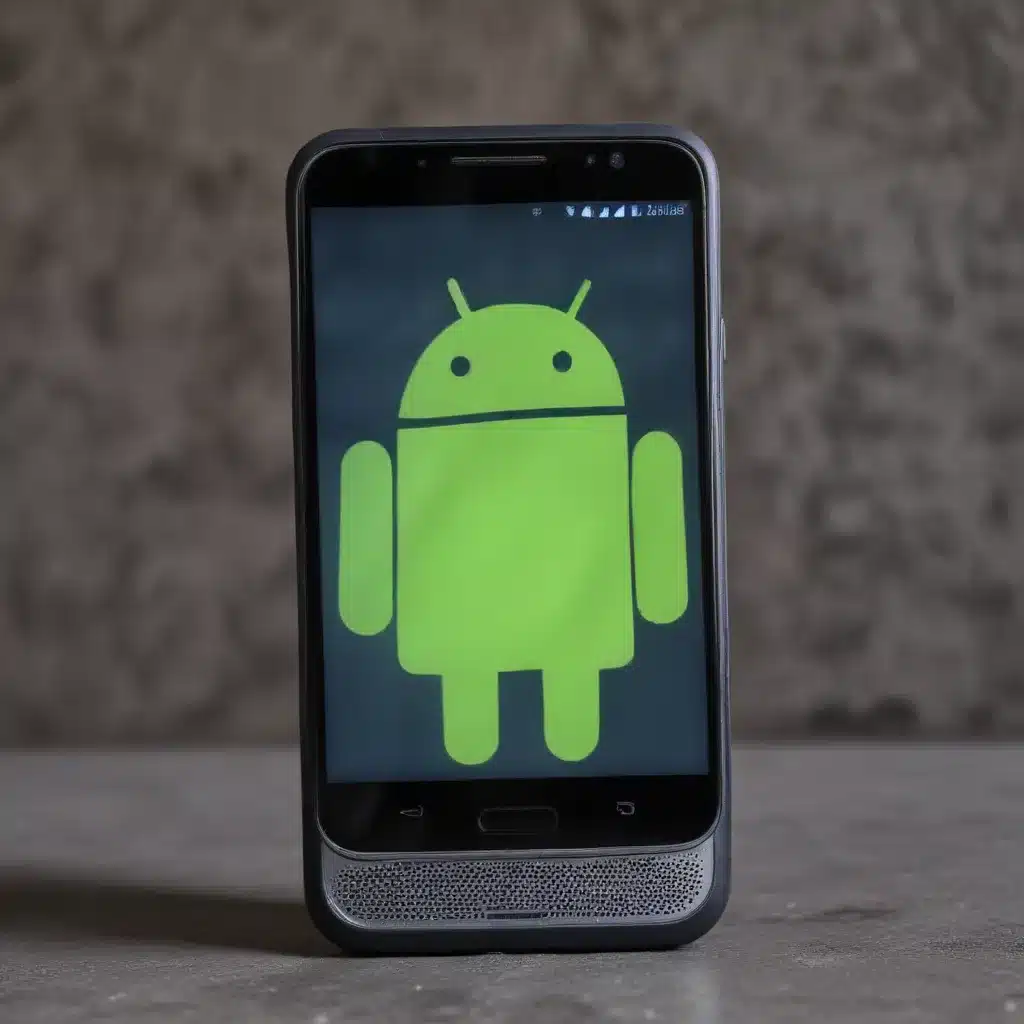
As an experienced IT professional, I’ve seen my fair share of Android devices grappling with overheating problems. Whether you’re a Pixel user, a Samsung enthusiast, or simply someone who wants to keep their Android smartphone running at optimal performance, understanding and addressing overheating issues is crucial. In this comprehensive guide, we’ll dive into the common causes of Android overheating, explore practical troubleshooting steps, and provide valuable tips to help you maintain a cool and efficient device.
Identifying the Causes of Android Overheating
Overheating in Android devices can stem from a variety of factors, and it’s essential to identify the root cause to effectively resolve the problem. Let’s explore some of the most common culprits:
Intensive App Usage
When you run resource-intensive apps, such as gaming, video streaming, or heavy multitasking, your Android device’s processor and other components work overtime, generating excess heat. This can lead to noticeable overheating, especially during prolonged usage.
Charging While in Use
Charging your Android device while simultaneously using it can contribute to overheating. The combination of the device’s internal processes and the charging process can create a perfect storm for thermal issues.
Background Processes and System Services
Sometimes, even when you’re not actively using your Android device, background processes and system services can be the culprits behind overheating. Certain apps or system-level tasks may be running in the background, consuming resources and generating heat.
Ambient Temperature and Environmental Factors
The surrounding environment can also play a role in your Android device’s temperature. Using your smartphone in direct sunlight, in a warm car, or in a poorly ventilated area can exacerbate overheating problems.
Hardware Defects
In some cases, hardware-related issues, such as a faulty battery, a malfunctioning cooling system, or even a design flaw, can lead to persistent overheating problems.
Troubleshooting Android Overheating
Now that we’ve identified the potential causes, let’s explore the steps you can take to troubleshoot and address Android overheating issues:
Step 1: Monitor and Identify the Triggers
Start by closely monitoring your Android device’s temperature and behavior. Pay attention to the activities or conditions that seem to trigger the overheating. This will help you pinpoint the specific cause and guide your troubleshooting efforts.
Step 2: Close Resource-Intensive Apps
If you notice your Android device overheating during certain app usage, the first step is to close those resource-intensive apps. This can include gaming apps, video streaming platforms, or any other apps that are known to put a significant strain on your device’s hardware.
Step 3: Adjust Display Brightness and Settings
Lowering your Android device’s display brightness can help reduce the power consumption and heat generation. Additionally, consider disabling unnecessary features or settings, such as location services, background data sync, and live wallpapers, which can contribute to the overheating problem.
Step 4: Manage Battery Charging Practices
Avoid charging your Android device while it’s in use, especially during intensive tasks or in warm environments. Instead, charge your device in a cool, well-ventilated area, and consider using a lower-power charger to minimize the heat buildup.
Step 5: Identify and Disable Problematic Apps
Sometimes, a specific app or a combination of apps can be the culprit behind your Android device’s overheating issues. Identify any recently installed or updated apps that may be causing the problem, and try disabling or uninstalling them to see if the issue is resolved.
Step 6: Perform a Factory Reset (as a Last Resort)
If the above troubleshooting steps don’t yield the desired results, a factory reset may be necessary. This will erase all your device’s data and settings, effectively resetting it to its original state. However, be sure to back up your important data before proceeding with a factory reset.
Step 7: Seek Professional Assistance
If the overheating issue persists or you suspect a hardware-related problem, it’s best to seek professional assistance. Contact the device manufacturer or visit a reputable service center to have your Android device inspected and, if necessary, repaired.
Maintaining a Cool Android Device
To prevent future overheating problems and keep your Android device running at optimal performance, consider the following tips:
-
Ensure Adequate Ventilation: Provide your Android device with a well-ventilated environment, whether it’s at home, in the car, or on the go. Avoid placing it in tight spaces or direct sunlight.
-
Utilize Cooling Accessories: Invest in a protective case or a cooling pad designed specifically for Android devices. These accessories can help dissipate heat and maintain a comfortable temperature.
-
Monitor Battery Usage and Charging: Regularly check your Android device’s battery usage and charging patterns. Avoid excessive charging or using resource-intensive apps while the device is charging.
-
Keep Software Up-to-Date: Ensure that your Android device’s operating system and all installed apps are regularly updated. Software updates often address performance and stability issues, which can help mitigate overheating problems.
-
Perform Periodic Maintenance: Consider performing routine maintenance tasks, such as clearing the cache, uninstalling unused apps, and managing background processes, to keep your Android device running smoothly and efficiently.
By following these troubleshooting steps and maintenance practices, you can effectively address and prevent Android overheating issues, ensuring your device remains cool, responsive, and reliable. Remember, a well-maintained Android smartphone or tablet not only performs better but also lasts longer, providing you with a more enjoyable and hassle-free user experience.
If you found this article helpful, be sure to visit IT Fix for more in-depth guides, expert insights, and practical solutions to tackle your technology challenges.












